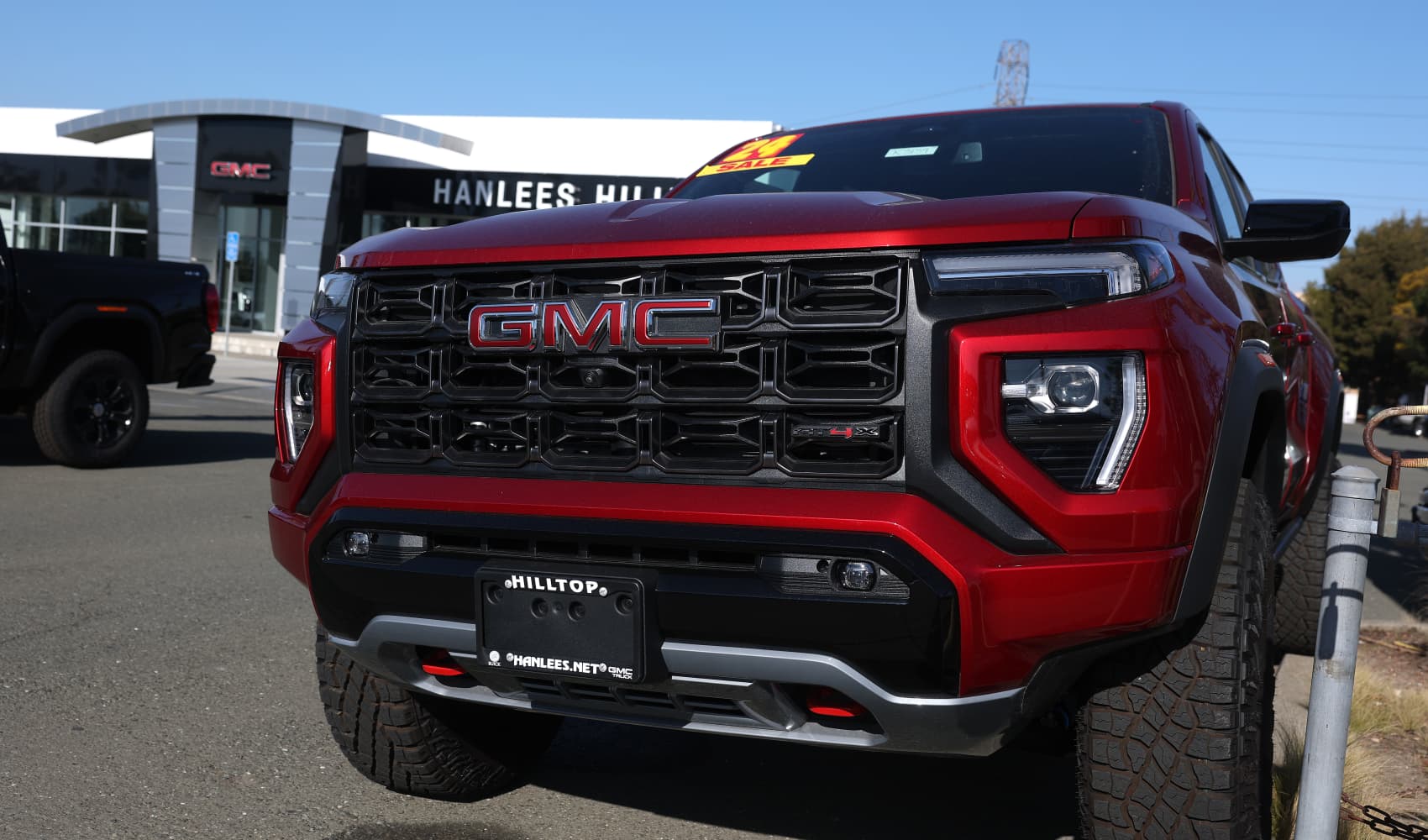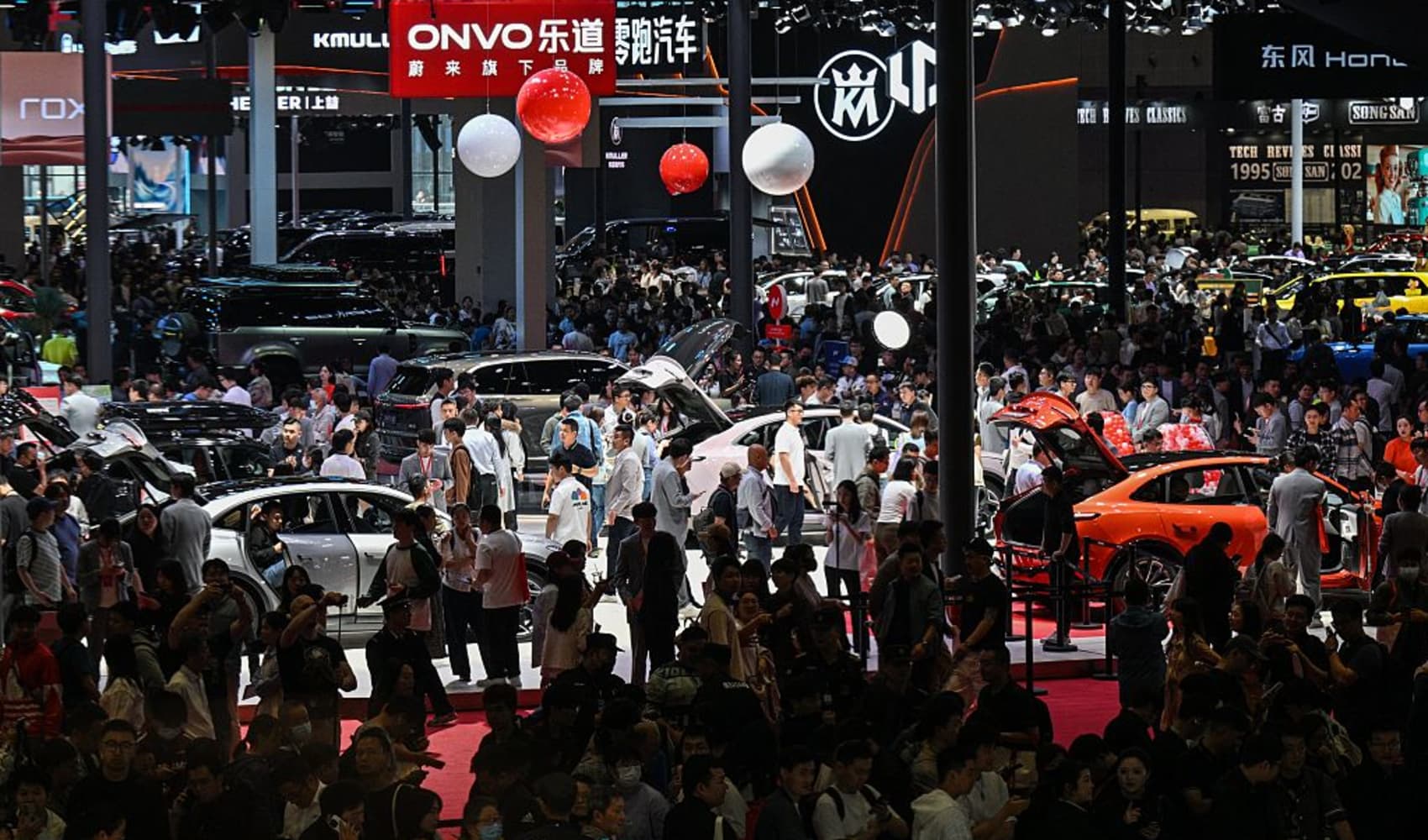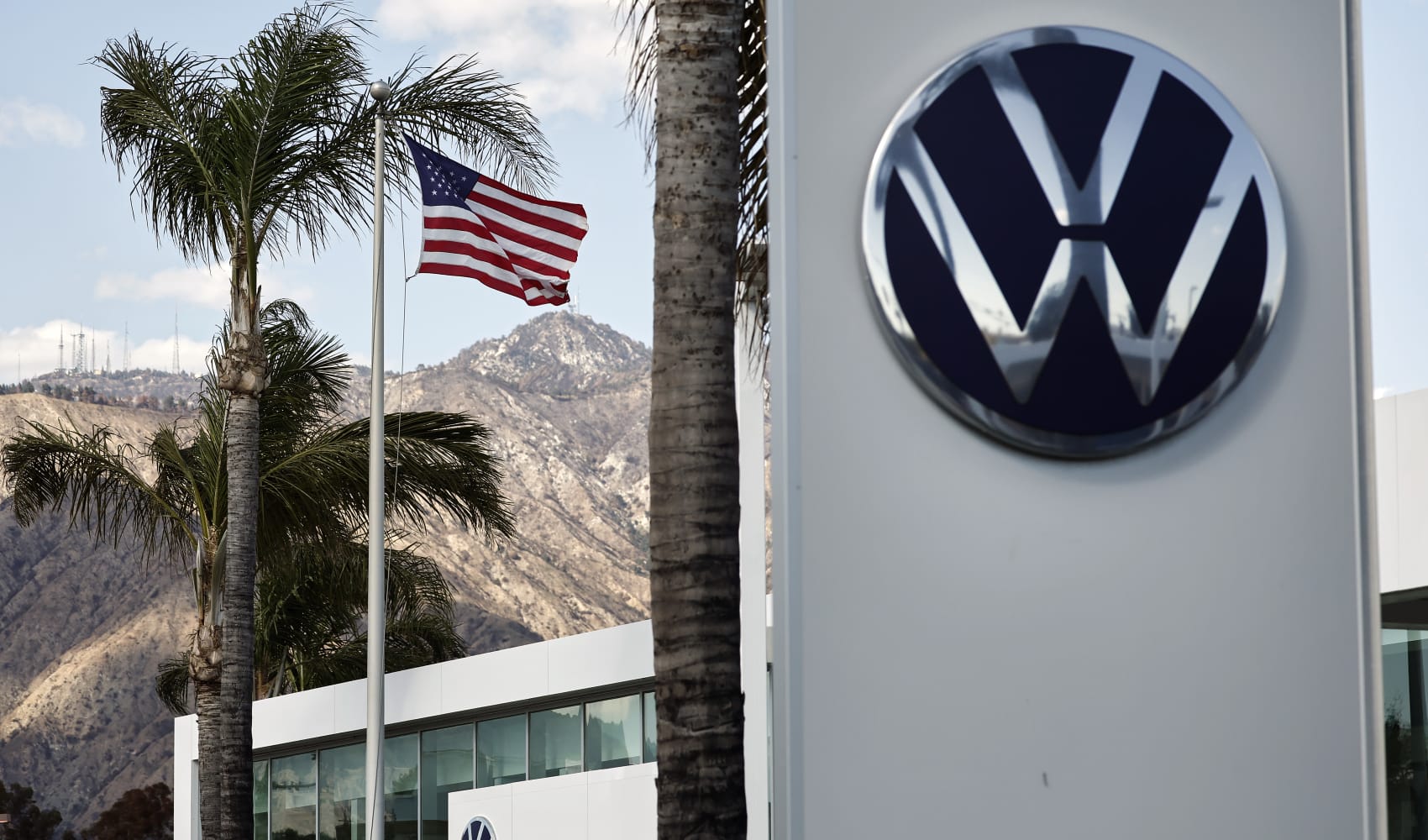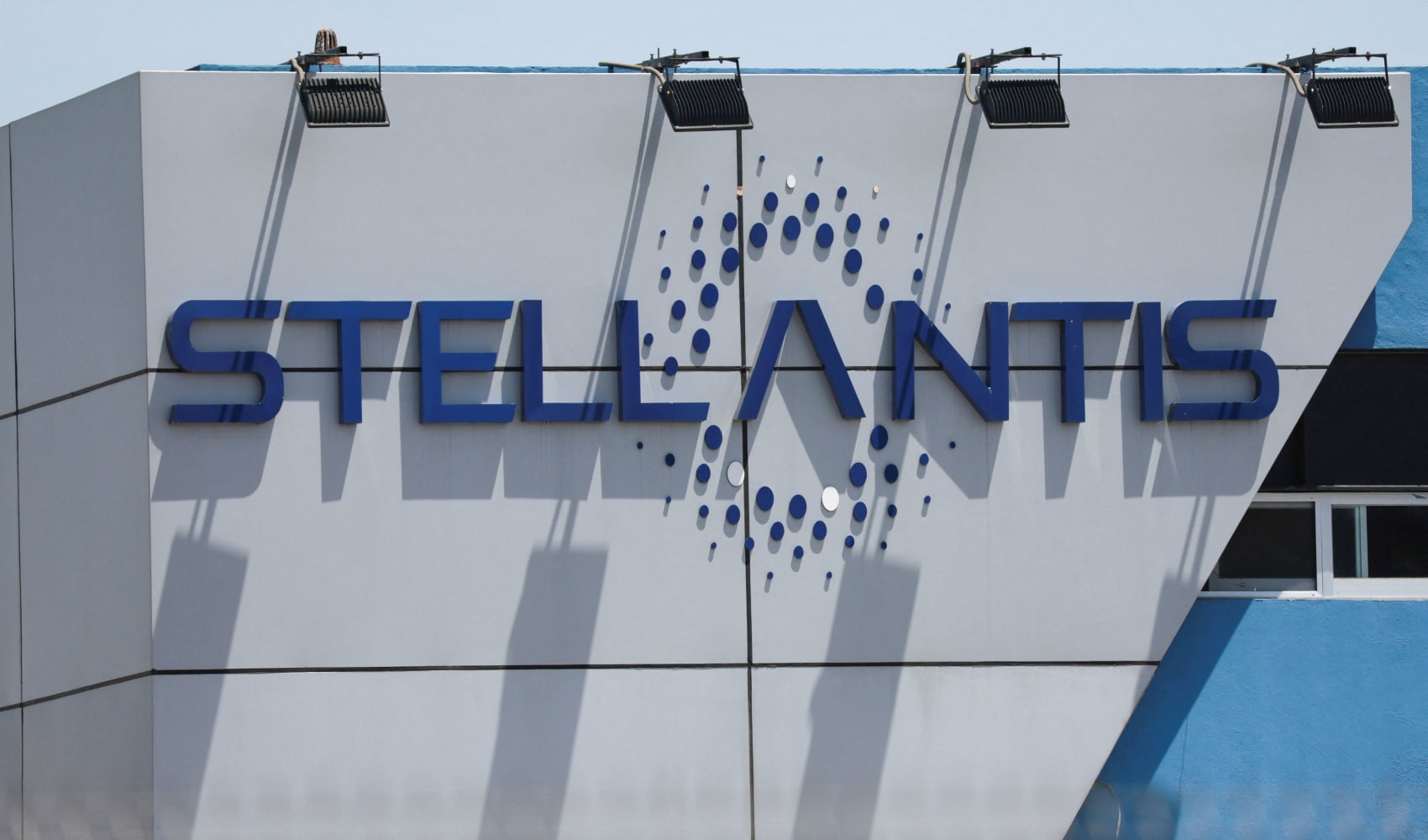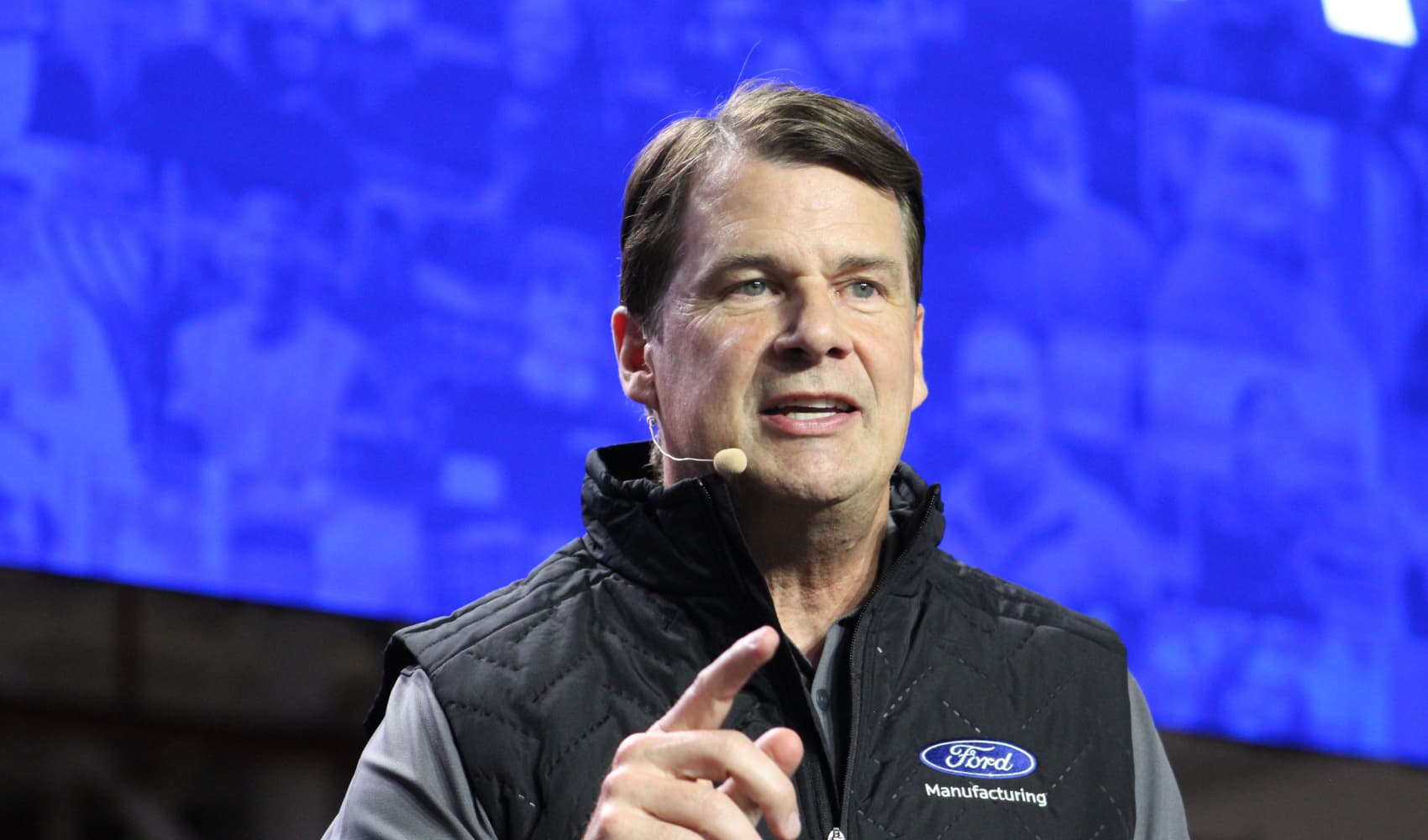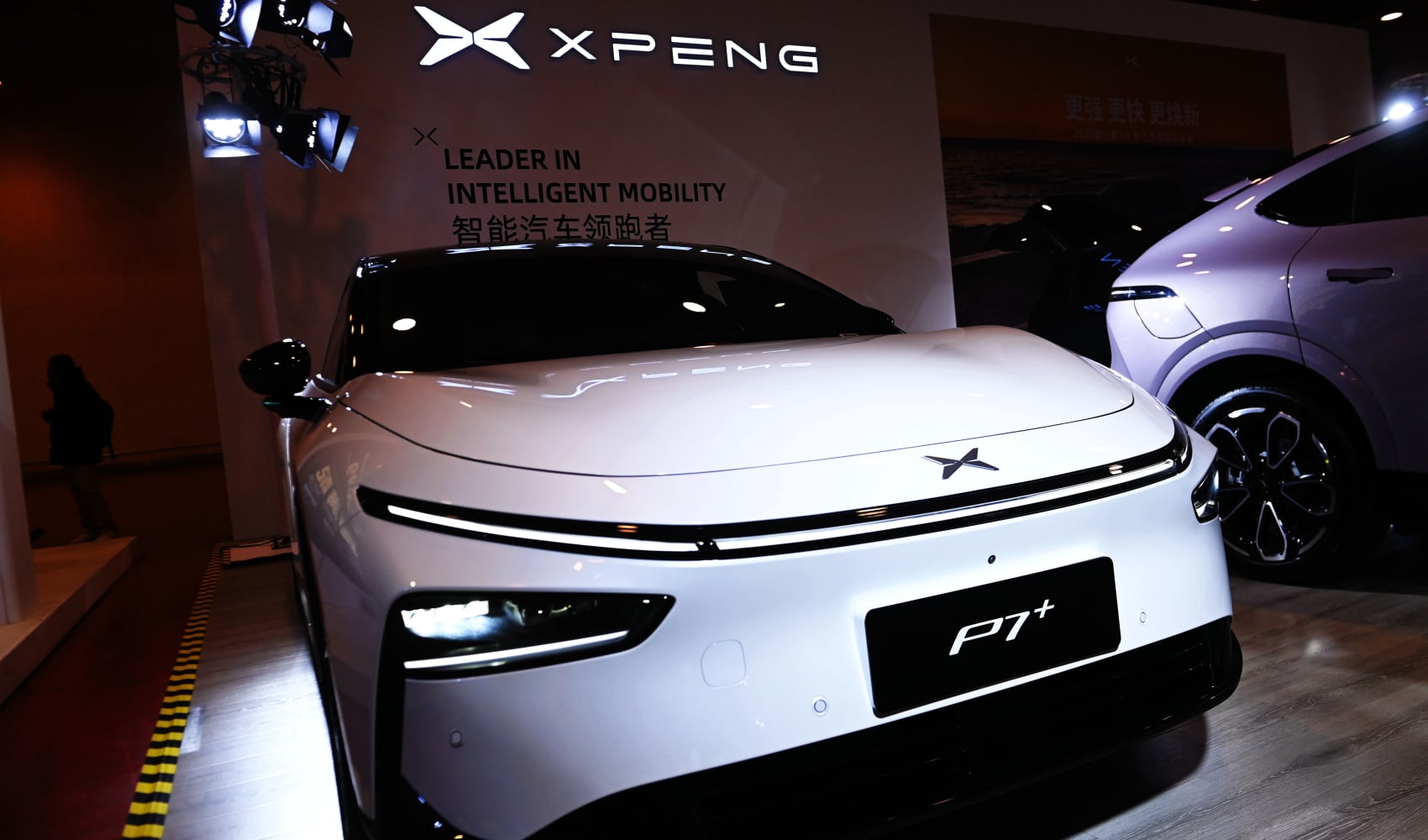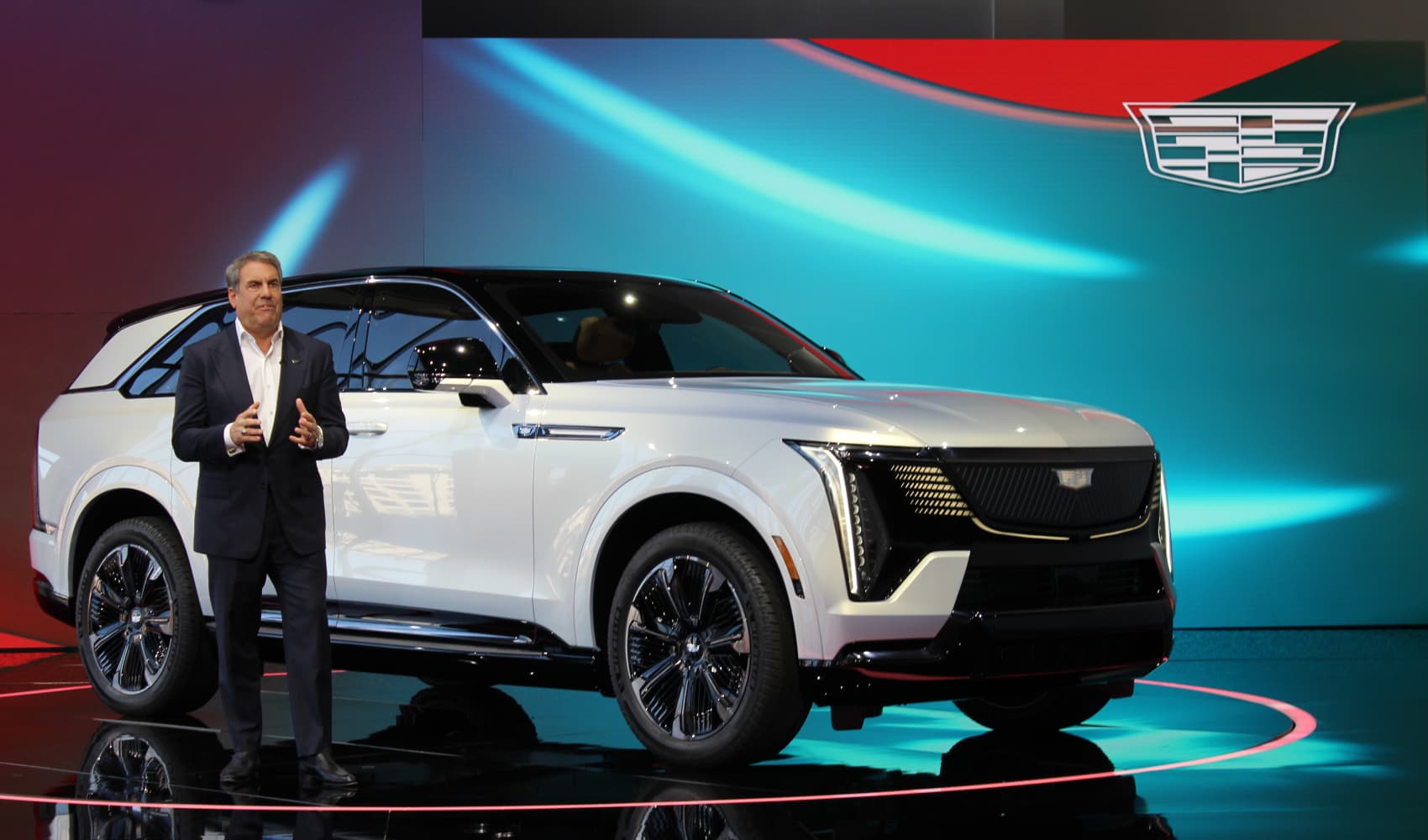GM Shocks: Earnings Beat, Auto Tariffs Loom!
General Motors Shocks Wall Street: Earnings Surge, Tariff Fears Loom
Introduction: A Rollercoaster Ride for GM?
Buckle up, folks! General Motors (GM), the automotive behemoth, just dropped a bombshell. They’ve blown past Wall Street's expectations for their first-quarter earnings. It's like they hit the gas pedal while everyone else was stuck in traffic! But hold on, the road ahead might not be as smooth as it seems. There's a shadow of uncertainty hanging over GM's future, thanks to potential auto tariffs and a reassessment of their full-year guidance. Let’s dive deep into what this all means for GM, its investors, and the auto industry as a whole.
First Quarter Triumph: Beating the Odds
Earnings Per Share: A Significant Win
The headline grabber? GM's earnings per share. They didn't just meet expectations; they crushed them! The reported earnings per share stood at $2.78 adjusted. While I don't have the estimated EPS, this performance is a testament to GM's strong sales, efficient operations, and perhaps a bit of luck thrown in for good measure.
The Tariff Threat: A Dark Cloud on the Horizon
Trump's Auto Tariffs: The Unknown Variable
Ah, tariffs. The economic boogeyman that keeps CEOs up at night. Former President Donald Trump’s potential auto tariffs are a major concern for GM. These tariffs could significantly increase the cost of imported parts and vehicles, impacting GM's profitability and competitiveness. Imagine trying to win a race with a flat tire; that's what tariffs could do to GM's bottom line.
Impact on Supply Chain and Production Costs
It's not just the cost of finished vehicles that's a worry. The entire supply chain is at risk. Many components used in GM's vehicles are sourced from overseas. Tariffs on these parts would ripple through the production process, driving up costs across the board. This could force GM to either raise prices for consumers or absorb the extra costs, both of which are undesirable outcomes.
Reassessing 2025 Guidance: A Prudent Move
Suspending Stock Buybacks: A Sign of Caution
Amidst the uncertainty, GM is taking a cautious approach. They've decided to reassess their 2025 financial guidance and suspend any additional stock buybacks. This move suggests that GM is preparing for a potentially challenging future and prioritizing financial flexibility. Think of it as a company tightening its belt and stockpiling resources for a rainy day.
Preparing for an Uncertain Future
Suspending stock buybacks isn't a sign of panic, but rather a sign of prudence. It shows that GM is taking the potential impact of tariffs seriously and wants to ensure they have enough cash on hand to weather any storms. This decision gives GM the flexibility to invest in future growth initiatives or navigate any unforeseen challenges.
Earnings Conference Call: What to Expect
Key Questions for GM Executives
The upcoming earnings conference call is a crucial opportunity for GM executives to address investor concerns and provide clarity on the company's strategy. What questions will investors be asking? They'll likely be grilling the executives about the potential impact of tariffs, the revised 2025 guidance, and GM's plans to mitigate any negative effects.
Transparency and Investor Confidence
The way GM executives handle the conference call will be critical in maintaining investor confidence. Transparency and a clear, concise message will be essential. Investors want to hear a realistic assessment of the challenges and a well-defined plan to overcome them.
The Electric Vehicle (EV) Transition: A Long-Term Strategy
Investing in the Future of Mobility
Despite the short-term uncertainties, GM remains committed to its long-term strategy of transitioning to electric vehicles. The company is investing heavily in EV technology and infrastructure, and this commitment is unlikely to waver. EVs are the future, and GM wants to be a leader in this rapidly evolving market.
Challenges and Opportunities in the EV Market
The EV market presents both challenges and opportunities. GM faces intense competition from established automakers and new players like Tesla. However, the growing demand for EVs and government incentives create significant opportunities for growth. GM needs to continue innovating and delivering compelling EV products to succeed in this market.
The Broader Automotive Industry: A Complex Landscape
Impact of Tariffs on the Entire Industry
The potential auto tariffs wouldn't just impact GM; they would affect the entire automotive industry. Other automakers, suppliers, and consumers would all feel the pinch. The tariffs could lead to higher prices, reduced sales, and job losses across the industry. It's a complex issue with far-reaching consequences.
Navigating a Changing Market
The automotive industry is undergoing a period of rapid change. In addition to the EV transition and the tariff threat, automakers are also grappling with supply chain disruptions, changing consumer preferences, and new technologies like autonomous driving. Companies that can adapt quickly and embrace innovation will be the most successful in this challenging environment.
Analyzing the Financials: A Deeper Dive
Revenue and Profitability: Key Metrics to Watch
While the earnings per share were impressive, it's essential to look at other key financial metrics like revenue and profitability. Did GM's revenue also exceed expectations? How did the company manage its expenses? A comprehensive financial analysis provides a more complete picture of GM's performance.
Debt and Liquidity: Assessing Financial Health
Another crucial aspect of GM's financial health is its debt and liquidity position. How much debt does the company have? Does it have enough cash on hand to meet its obligations? A strong balance sheet provides GM with the financial flexibility to navigate any challenges and invest in future growth.
Consumer Impact: Will Car Prices Rise?
Potential Increase in Vehicle Costs
The biggest question on consumers' minds is: will car prices go up? The answer, unfortunately, is likely yes. If tariffs increase the cost of producing vehicles, automakers will likely pass some of those costs on to consumers. This could make new cars less affordable and potentially dampen demand.
Incentives and Rebates: Offsetting the Impact
To mitigate the impact of higher prices, automakers may offer incentives and rebates to consumers. Government incentives for electric vehicles could also help offset the cost of EVs. However, the overall impact on consumer affordability remains a significant concern.
The Future of GM: A Roadmap to Success
Innovation and Adaptation: The Keys to Longevity
What does the future hold for GM? The company's success will depend on its ability to innovate, adapt to changing market conditions, and navigate the challenges posed by tariffs and the EV transition. GM needs to continue investing in new technologies, developing compelling products, and managing its costs effectively to thrive in the long run.
Long-Term Growth Strategy
GM's long-term growth strategy should focus on several key areas: expanding its EV portfolio, strengthening its supply chain, improving its manufacturing efficiency, and enhancing its customer experience. By focusing on these areas, GM can position itself for continued success in the automotive industry.
Conclusion: Navigating Uncertainty and Embracing the Future
General Motors' first-quarter earnings beat expectations, providing a welcome boost for the company and its investors. However, the uncertainty surrounding potential auto tariffs casts a shadow over the future. GM's decision to reassess its full-year guidance and suspend stock buybacks reflects a prudent and cautious approach. The upcoming earnings conference call will be crucial in providing clarity and reassurance to investors. Ultimately, GM's success will depend on its ability to navigate these challenges, adapt to changing market conditions, and embrace the future of mobility.
Frequently Asked Questions (FAQs)
- 1. What are auto tariffs, and how do they impact General Motors?
- Auto tariffs are taxes imposed on imported vehicles and auto parts. They can increase GM's production costs, making their vehicles more expensive and less competitive in the market. They can also disrupt supply chains.
- 2. Why is GM reassessing its full-year guidance for 2025?
- GM is reassessing its guidance due to the uncertainty surrounding potential auto tariffs and the evolving economic landscape. It's a way for them to be more realistic about their financial projections.
- 3. What does the suspension of stock buybacks mean for investors?
- Suspending stock buybacks allows GM to conserve cash and maintain financial flexibility. While it may disappoint some investors looking for short-term gains, it's a prudent move in a volatile environment. This ensures the company can invest in the future.
- 4. How will potential auto tariffs affect consumers?
- Auto tariffs could lead to higher prices for new vehicles, making them less affordable. This might lead to decreased sales and potentially impact the automotive industry.
- 5. What is GM doing to prepare for the future of the automotive industry?
- GM is investing heavily in electric vehicle (EV) technology and infrastructure, aiming to become a leader in the EV market. They're also working to improve their supply chain, enhance manufacturing efficiency, and innovate with new technologies.
